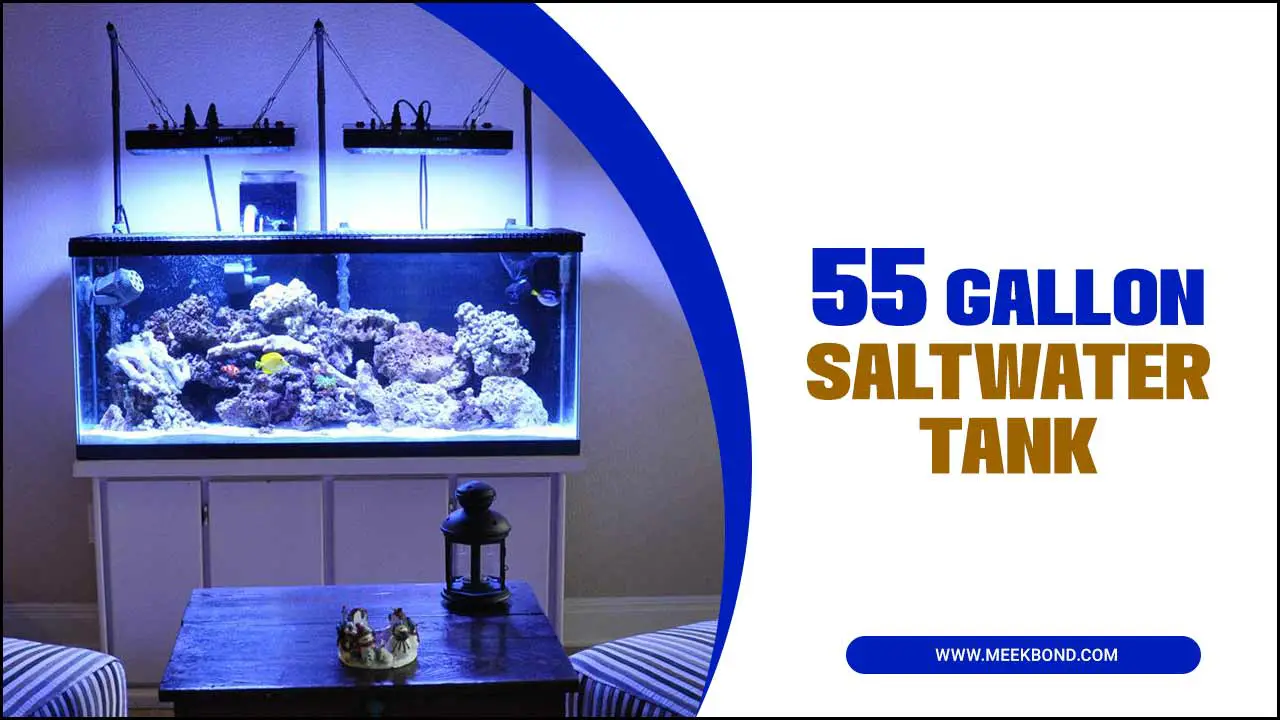Aquariums are a great addition to any home, but caring for them can be quite an undertaking. One of the most important things to keep in mind is the level of ammonia in your tap water, which can be harmful to fish and other aquatic life.
Here, we will dive into what ammonia is and why it’s so dangerous for fish. We’ll also take a closer look at how you can test the levels of ammonia in tap water and aquariums.
From identifying the signs of ammonia poisoning to interpreting your test results, we’ll provide you with all the information you need to ensure that your aquarium environment is healthy and safe. So, if you’re looking for ways to maintain a thriving aquarium, keep reading!

What Is Ammonia, And Why Is It Harmful To Fish?
Ammonia is a common chemical compound that can be found in tap water. It is formed when organic matter, such as fish waste or decaying food, breaks down. While ammonia is harmless to humans, it can be extremely toxic to fish and other aquatic organisms.
When ammonia levels are high in an aquarium, it can cause stress, illness, and even death to the fish. Ammonia poisoning can lead to symptoms such as lethargy, loss of appetite, gasping for air at the water surface, and red or inflamed gills.
How To Test Ammonia In Tap Water For Aquarium
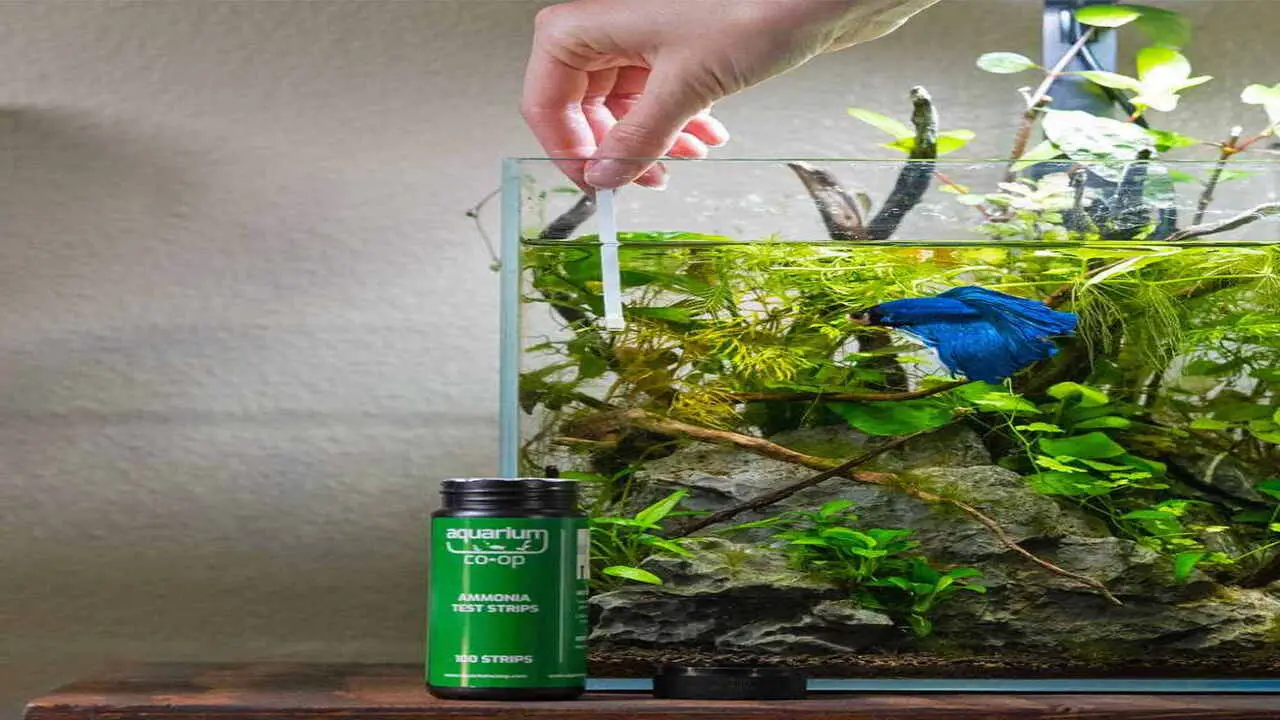
Testing for ammonia is of utmost importance when maintaining a healthy aquarium environment. Ammonia spikes can be detrimental to the well-being of your fish, as high levels of ammonia in water are harmful to them. Regular testing allows for the early detection of ammonia issues, preventing any potential harm to your aquatic pets.
Additionally, testing tap water ensures that the water is suitable for fish before introducing them to their new home. By conducting these tests, you can take necessary measures to maintain a healthy environment and prevent any ammonia-related complications. Here are the processes on how to test ammonia in tap water for aquariums.
Signs Of Ammonia Poisoning In Fish
Ammonia is a common issue in tap water aquariums. It can be harmful to fish and other aquatic creatures, causing stress, disease, and even death. When tap water contains high levels of ammonia, it can quickly become toxic to fish, particularly in smaller aquariums where the water volume is limited. Here are Signs of ammonia poisoning in fish can include:
- Gasping for air at the water’s surface
- Erratic swimming behavior
- Loss of appetite
- Red or inflamed gills
- Faded or discolored fins and scales
- Sluggishness or lethargy
It is important to monitor ammonia levels in your aquarium regularly and take immediate action if you suspect ammonia poisoning. This may include performing water changes, adding beneficial bacteria to help break down ammonia, and ensuring proper filtration and aeration in the tank.
Different Methods For Testing Ammonia Levels In Aquarium
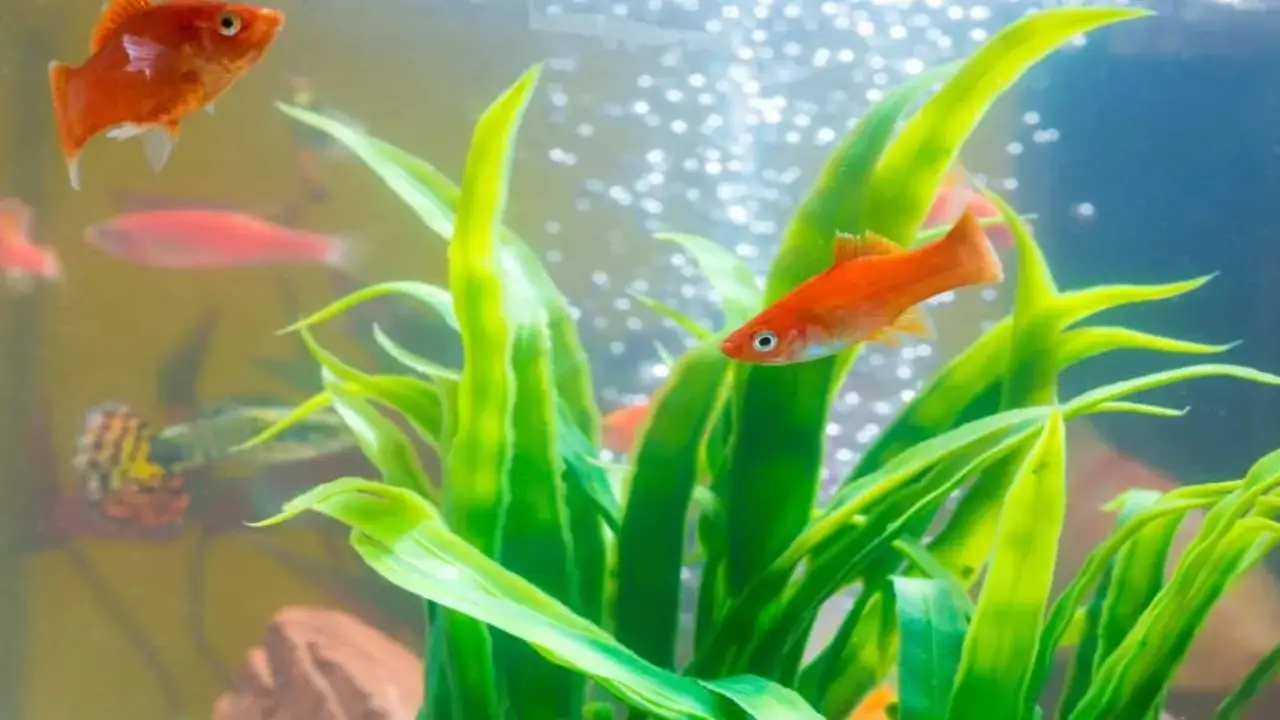
Ammonia is a common issue that aquarium owners face when using tap water. Tap water contains chlorine and chloramine, which are used to disinfect the water supply. Testing the ammonia level in your tap water aquarium is crucial for maintaining a healthy environment for your fish. Here are some different methods you can use to test the ammonia level:
- Test strips: These are convenient and easy to use. Simply dip the strip into your aquarium water and compare the color change against the provided chart.
- Liquid test kits: These kits usually come with reagents that you mix with a small sample of aquarium water. The resulting color indicates the ammonia level.
- Electronic testers: These devices provide a digital readout of the ammonia level in your tank. They are typically more accurate but can be more expensive.
Remember, it’s important to regularly monitor ammonia levels in your tap water aquarium, as high levels can be harmful to fish and other aquatic life. If you detect elevated ammonia levels, take appropriate action, such as performing partial water changes or using an ammonia remover product.
Using Test Kits And Strips To Measure Ammonia Concentration
To accurately measure ammonia concentration in your aquarium, you can use test kits and test strips. Test kits typically utilize color-coded reagents that change color based on the ammonia levels in the water. It is important to carefully follow the instructions provided with the test kit to ensure reliable results.
Another option is using test strips, which offer a quick and easy way to assess ammonia concentrations. By comparing the color on the strip to a reference chart, you can determine the ammonia levels in your tank water. Remember to regularly calibrate and replace your test kits or strips to ensure accurate readings.
Interpreting The Results Of Your Ammonia Tests
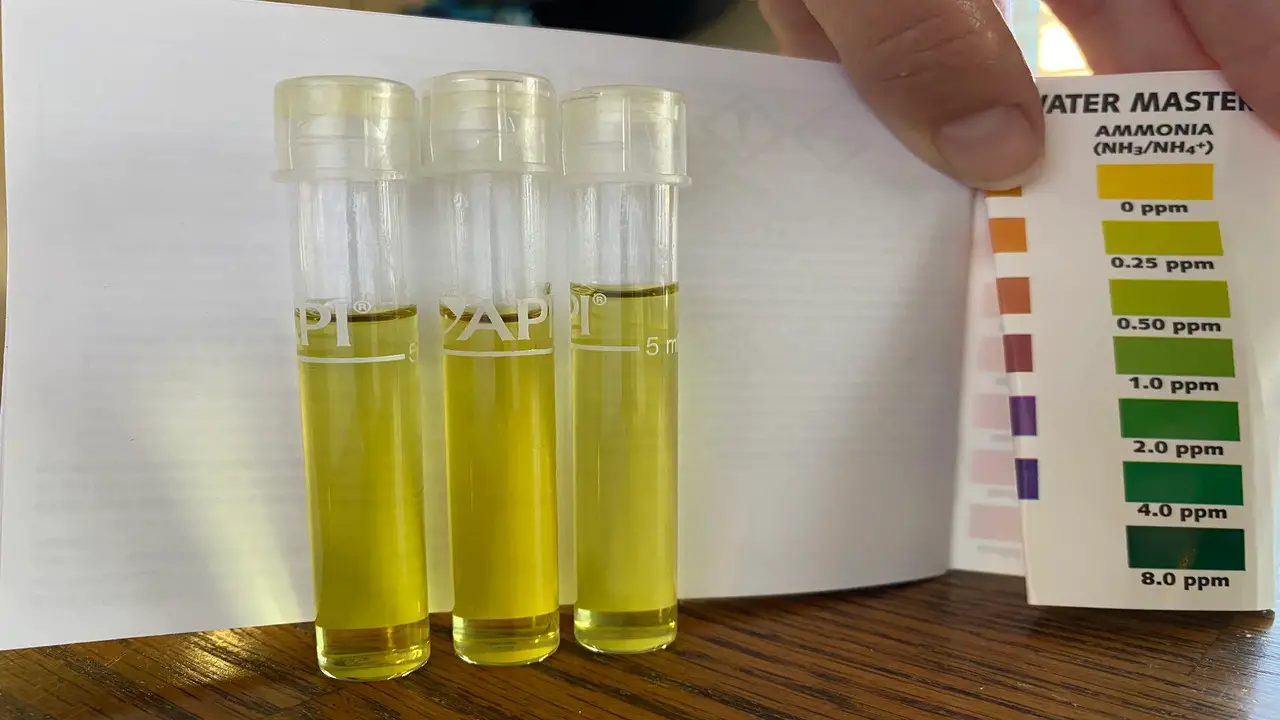
When interpreting the results of your ammonia tests, it’s important to understand that ammonia test kits typically display results in parts per million (ppm). Higher readings indicate poor water quality and potential harm to fish, so it’s crucial to strive for zero ammonia readings in order to maintain a healthy aquarium environment.
Comparing test results to established safe ranges can help you assess ammonia levels and take appropriate action if necessary. Consistent monitoring and interpretation of ammonia tests are essential for maintaining optimal water conditions in your aquarium.
Potential Risks Of Ammonia In Aquarium Water
Ammonia is a common issue in tap water aquariums that can pose serious health risks to fish and other aquatic animals. It is produced by the breakdown of organic matter, such as fish waste and uneaten food, and can quickly accumulate in closed environments like aquariums.
Ammonia in tap-water can be a potential risk for your aquarium and its inhabitants. Here are some of the potential risks associated with ammonia in aquarium water:
- Toxicity to fish: Ammonia is highly toxic to fish, even at low levels. It can cause damage to their gills, leading to respiratory distress and even death.
- Negative impact on water quality: Ammonia can disrupt the delicate balance of your aquarium’s ecosystem. High levels of ammonia can lead to an increase in algae growth, cloudy water, and unpleasant odors.
- Stress on aquatic plants: Ammonia can also have negative effects on aquatic plants. It can inhibit their growth and lead to yellowing or wilting of leaves.
- Impact on beneficial bacteria: Ammonia plays a crucial role in the nitrogen cycle of your aquarium, but excessive amounts can harm the beneficial bacteria that help convert ammonia into less harmful substances.
To mitigate these risks, it is important to regularly test the ammonia levels in your tap water and take appropriate measures to remove or neutralize any excess ammonia before adding it to your aquarium.
This may involve using dichlorination products or using filtration systems that remove ammonia from the water. Additionally, performing regular water changes and maintaining good overall tank hygiene can help prevent ammonia buildup and ensure a healthy environment for your aquatic pets.
Tips For Maintaining A Healthy And Safe Aquarium Environment
Maintaining a healthy and safe aquarium is essential for the well-being of your fish and other aquatic creatures. One common issue that aquarium owners may encounter is the presence of ammonia in tap water. Ammonia can be harmful to fish, causing stress and even death if levels become too high. Here are some tips to help you manage ammonia in your tap water:
- Test your tap water for ammonia levels before adding it to your aquarium. This will give you an idea of whether or not you need to take steps to remove or neutralize the ammonia.
- Use a water conditioner that specifically targets ammonia. These products typically contain chemicals that bind with and neutralize the ammonia, making it safe for your fish.
- Consider using a dechlorinator in addition to a water conditioner. Chlorine and chloramines, which are commonly found in tap water, can also be harmful to fish. A dechlorinator will remove these chemicals along with any ammonia present.
- Regularly monitor ammonia levels in your aquarium using a test kit designed for this purpose. This will allow you to take action if levels start to rise.
- Maintain good aquarium hygiene by regularly cleaning the tank, removing uneaten food, and conducting partial water changes as needed. This will help prevent the buildup of ammonia and other waste products.
How To Prevent Ammonia Buildup In Tap Water Aquariums
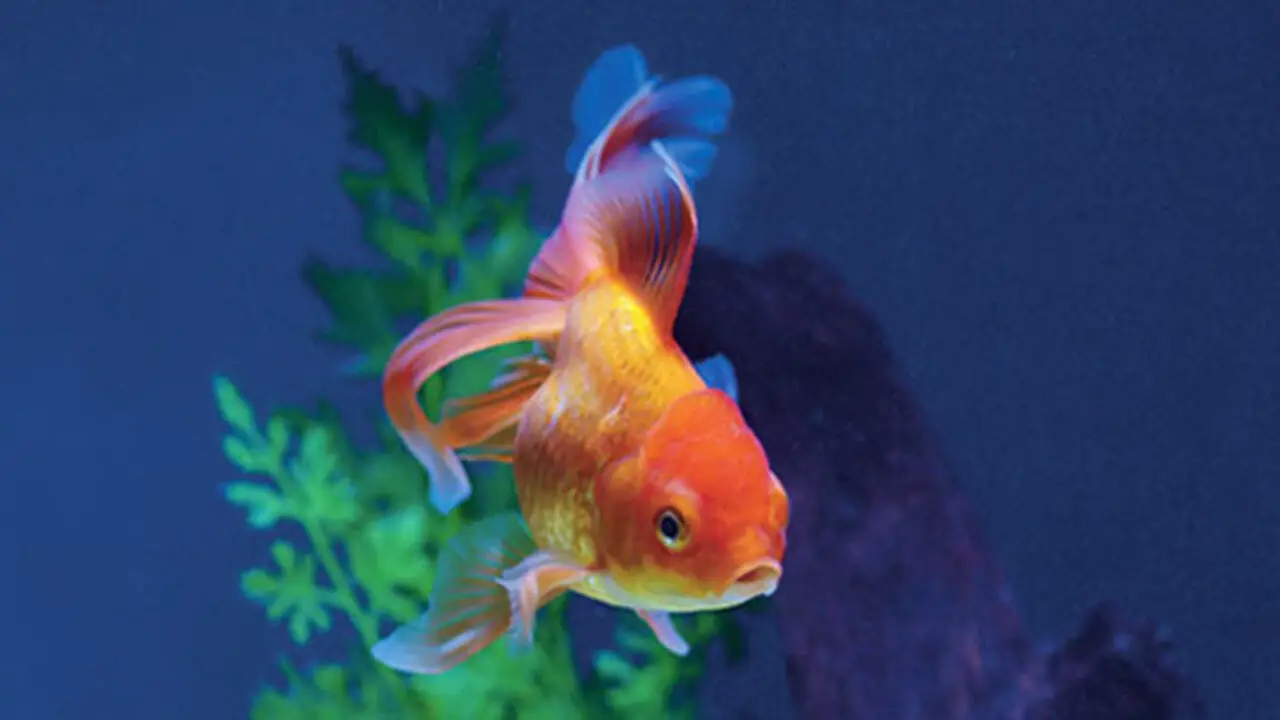
Preventing ammonia buildup in tap water aquariums is crucial for the health and well-being of your aquatic pets. Ammonia can be harmful to fish and other aquatic animals, leading to stress, illness, and even death. Here are some steps you can take to prevent ammonia buildup in your tap water aquarium:
- Use a water conditioner: Adding a water conditioner specifically designed for aquarium use can help neutralize ammonia and other harmful chemicals in tap water. Follow the instructions on the product label to ensure proper dosage.
- Perform regular water changes: Regularly changing a portion of the aquarium water helps remove accumulated ammonia and maintain a healthy balance. Aim for weekly or bi-weekly water changes, replacing approximately 10-20% of the total volume with fresh, conditioned tap water.
- Avoid overfeeding: Uneaten food and waste from your fish contribute to ammonia levels in the aquarium. Be mindful of how much you feed your fish and remove any excess food after feeding time.
- Monitor filtration: A properly functioning filtration system is essential for maintaining good water quality. Regularly clean or replace filter media as instructed by the manufacturer to prevent the buildup of debris that could contribute to ammonia levels.
By following these preventive measures, you can ensure a safe and healthy environment for your aquatic pets and minimize the risk of ammonia-related issues in your tap water aquarium.
Conclusion
To ensure the well-being of your fish and maintain a healthy aquarium environment, it is crucial to test the levels of ammonia in tap water regularly. Ammonia is highly toxic to fish and can cause severe harm if present in high concentrations.
By using test kits or strips, you can easily measure the ammonia concentration and interpret the results. If you find that the ammonia levels in your tap water are high, it is essential to take immediate action to remove or reduce the ammonia.
This can be done through various methods, such as using water conditioners or performing regular water changes. By maintaining a safe and stable ammonia level, you can provide a stress-free and thriving habitat for your fish.
Frequently Asked Questions
Is Ammonia In Water Bad For Fish?
Ammonia in water can be harmful to fish. It can cause stress, illness, and even death. The main source of ammonia in aquariums is fish waste and uneaten food. Regularly testing ammonia levels and taking appropriate measures to lower them is crucial for maintaining a healthy environment for your fish.
What Are The Dangers Of Having Ammonia In Your Tap Water Aquarium?
Ammonia poses a significant threat to fish and other aquatic creatures, even in small amounts. It can originate from sources like fish waste, decaying plants, or uneaten food. When tap water with high ammonia levels is added during water changes, it can harm the aquatic life in the aquarium. Regularly testing ammonia levels and taking measures to reduce them is crucial for maintaining a healthy aquarium environment.
How Often Should You Test Your Tap Water For Ammonia Levels In An Aquarium?
Testing the tap water for ammonia levels is crucial for maintaining a healthy aquarium environment. It is recommended to test your tap water before filling the aquarium and then regularly after that. Testing once a week is a good practice to catch any sudden spikes in ammonia levels, ensuring the well-being of your aquatic pets.
What Are The Symptoms Of Ammonia Poisoning In Fish And Other Aquarium Animals?
Ammonia poisoning in fish and other aquarium animals can lead to lethargy, loss of appetite, and gasping for air at the water’s surface. Additional symptoms include red or inflamed gills, cloudy eyes, and discolored skin. Invertebrates like shrimp and snails may also show signs of lethargy or die off.
Is It Safe To Use Bottled Or Distilled Water Instead Of Tap Water For An Aquarium?
Using bottled or distilled water for an aquarium is generally safe as it lacks harmful chemicals found in tap water. However, it’s important to note that using only bottled or distilled water can result in a lack of essential minerals and nutrients.

Aquarium passion is all about connecting with the aquatic life and providing education to the public on the importance of these creatures. We showcase a wide variety of marine life through our exhibits as well as working with schools to provide unique learning opportunities for students of all ages.




